National Institute of Hygiene and Epidemiology (NIHE)



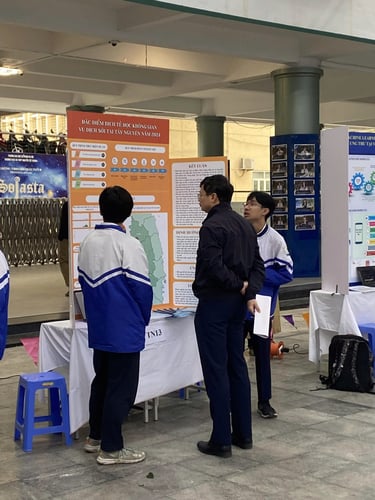
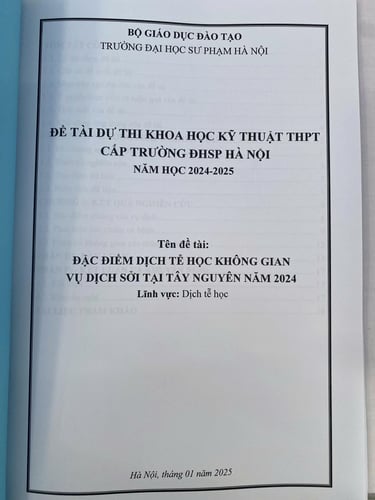
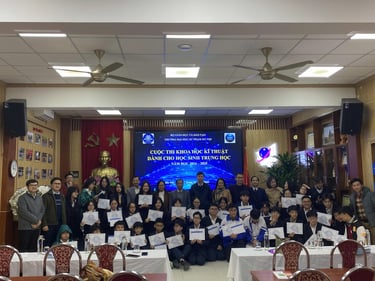
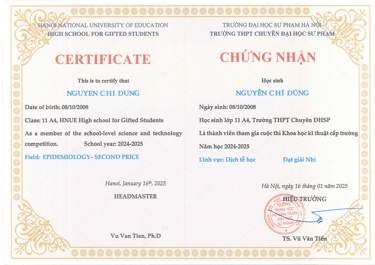

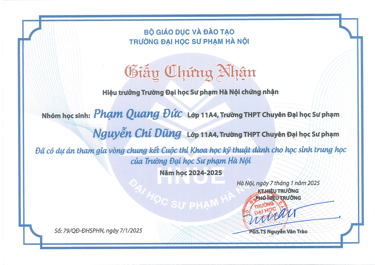









Participating in this project was one of the most memorable academic experiences I have ever had. Under the guidance of Assoc. Prof. Dr. Pham Thai Quang, I was responsible for data collection, processing, and analysis for the research project titled “Spatial epidemiological characteristics of the measles outbreak in Tay Nguyen of Vietnam in 2024.”
The dataset included measles cases from four provinces - Dak Lak, Dak Nong, Gia Lai, and Kon Tum - collected from each province’s infectious disease reporting system. The process of obtaining permissions and consolidating the data took nearly two weeks. After that, I manually screened and cross-checked the data with the national infectious disease reporting system (eCDS) to ensure accuracy and consistency.
Additionally, I extracted geographic coordinate data from the GADM base map, then manually verified and adjusted the locations on Google Maps to support spatial analysis.
With the complete dataset, I used SatScan and ArcGIS to identify space–time clusters of measles cases and to explore the relationships between population density, geographical conditions, and the rate of disease transmission. Collaborating with public health professionals allowed me to gain deeper insight into how epidemiology applies data to make practical decisions.
I presented this research at the Science and Engineering Fair for High School Students organized by Hanoi National University of Education in December 2024, where I shared my findings before a panel of experts and received valuable feedback.
This experience not only strengthened my ability to conduct independent research and perform data processing and spatial analysis, but also nurtured my passion for public health data analytics - a field where science goes beyond numbers to make a real difference in people’s lives.